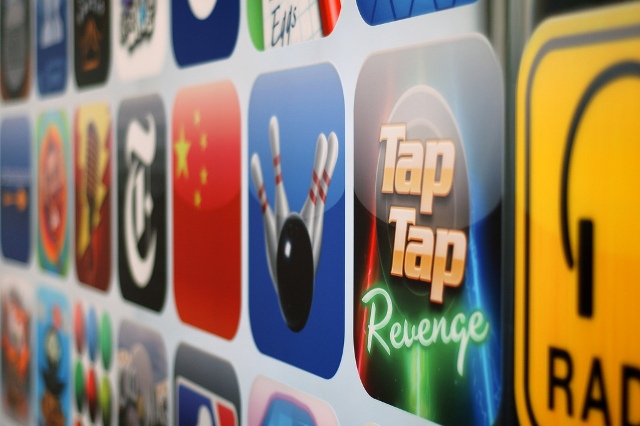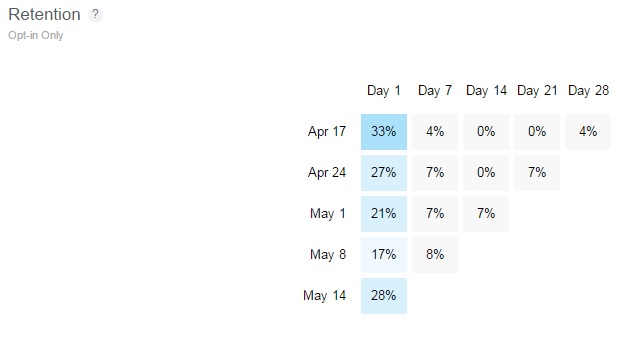It’s only been a few short weeks since Apple launched its app analytics tool, but for mobile developers and marketers, it’s a whole new era.
With statistics showing that less than half of app developers track user behavior, we can expect to see major changes in the app economy once developers explore the world of data that awaits them in the App Store. Even analytics veterans who have previously been using third-party tools to track performance will find a few exciting features on Apple’s new platform. Apple’s tool is free, more accurate, and comes with the company’s legendary slick UI. What’s still unclear at this point is whether the company will soon start blocking third-party tools, making its own tool the only option.
So how can app developers make smart use of the tool to improve their conversion and retention rates? Here are a few examples:
Find out when it’s time for an ASO makeover: Tracking the number of visits to your page and comparing it to the number of installs could be quite revealing. If your App Store page sees many visits that do not lead to an install, maybe you should reconsider the way your app page presents the product, or the choice of keywords leading customers to the page. Remember, App Store optimization is meant to not only bring potential users to your app page but also to make them hit install. If your App Store stats point to a lack of correlation between visits and downloads, it could mean that your optimization process is off and you’re missing out on a massive amount of high quality organic traffic.
Learn where you should go next: Localization is an extremely important aspect of app marketing, but developers obviously cannot localize their product to fit every spot on the globe. Deciding where you should be investing in localization efforts should be based on pure data. Apple’s analytics tool will allow you to study your main sources of revenue in terms of geography, because you might be in for a surprise. There’s a good chance that a great share of installs stem from unexpected locations, so allow Apple to point you in the right direction and follow up with translations, cultural references, and an updated media budget.
Catch a whale: Studies show that 64 percent of mobile game revenue comes from only 0.23 percent of players. Sophisticated brands in the lucrative gaming industry already know that the quality of users is what they should be concentrating on and that they should therefore adjust their mobile campaign to bring in the high rollers. A smart app marketer will use Apple’s analytics to learn more about a user’s occupation, for example, and then use this information to target every parameter of this specific audience. Check out statistics regarding sources, campaigns, and active devices to better generate sales. This is one area where looking at the wrong metrics could mislead marketers and cause them to focus on download rates instead of revenues, so make sure you are aware of this.
Give it another push: Retention rate is as important as it is misunderstood by developers. Apple’s tool will let you know exactly when users stop using the app, but it’s up to you to make this information actionable. Study the app’s retention data to recognize specific patterns and send users push notifications that will bring them back to your product. This is yet another example of the essential collaboration between marketing experts and product specialists. Your media team could benefit from this data and learn which campaign managed to bring in loyal users, not just installs.
Clearly, the above list is only the tip of the iceberg. Mobile developers and marketers should study every corner of this new toy and put it to regular use. In the mobile arena, where pretty much everything changes in the blink of an eye, one thing remains certain: data-driven apps do better, simply because they know what they’re doing.
Gilad Bechar is the founder and CEO of Moburst, a global mobile marketing agency. Gilad serves as a mentor to rising startups at Microsoft Accelerator, The Technion, Tel-Aviv University, Unit 8200, and for strategic Moburst clients and is the Academic Director of the Mobile Marketing and New-Media course at Tel-Aviv University.
VentureBeat's mission is to be a digital town square for technical decision-makers to gain knowledge about transformative enterprise technology and transact. Learn More



